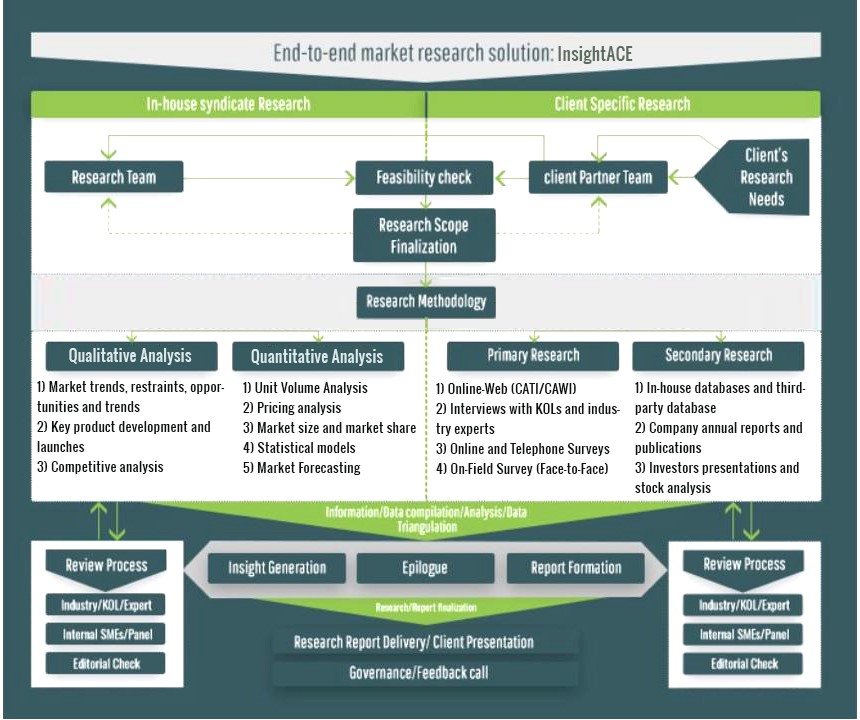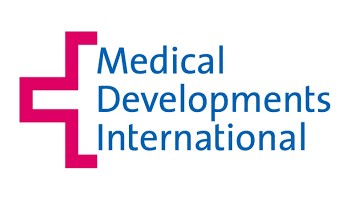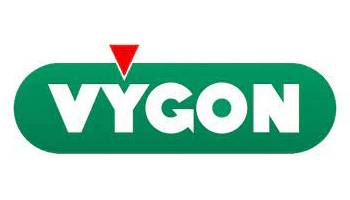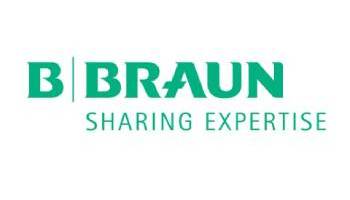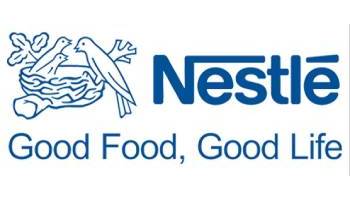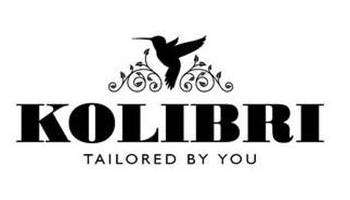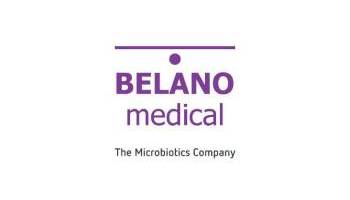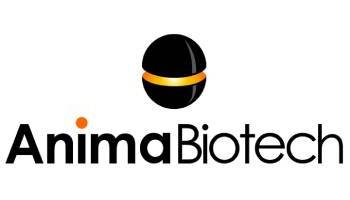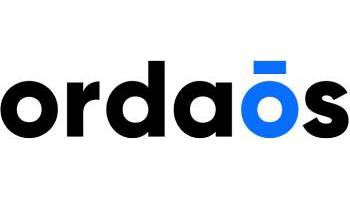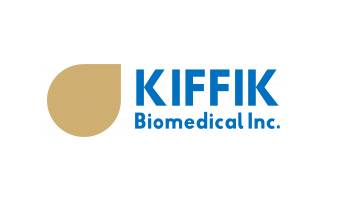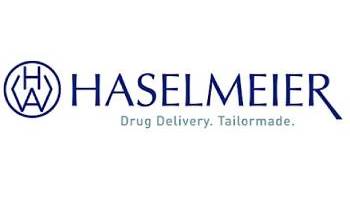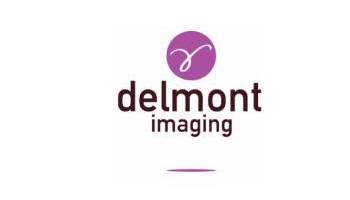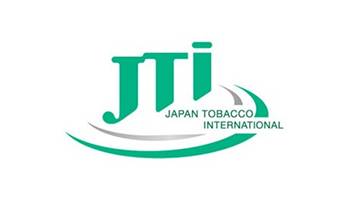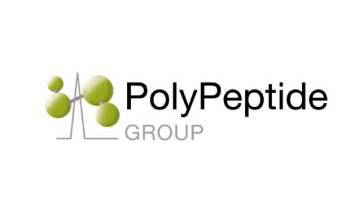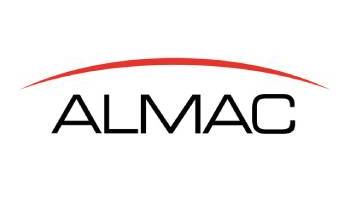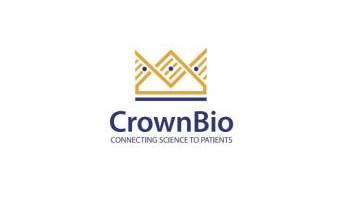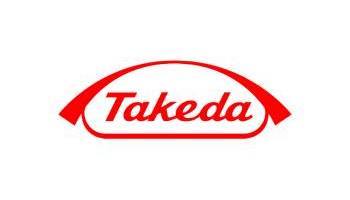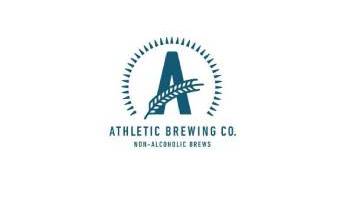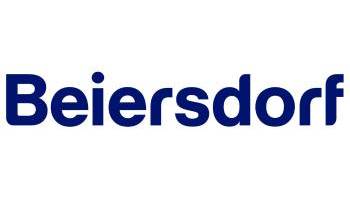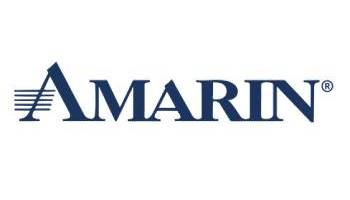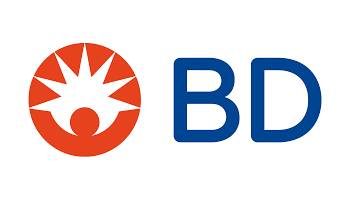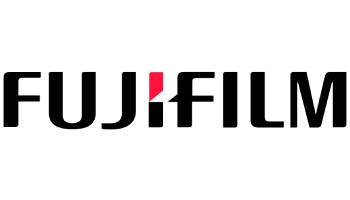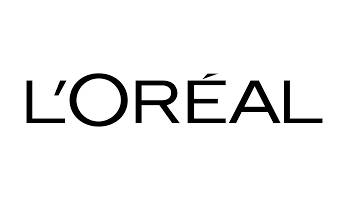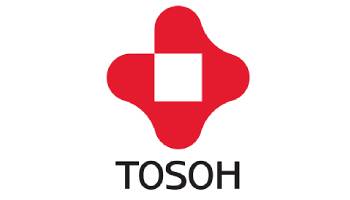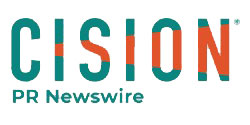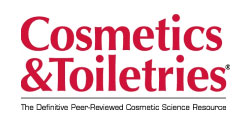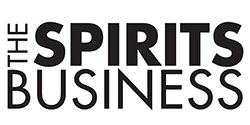The Agricultural Microbials Market Size is valued at USD 7.09 Billion in 2023 and is predicted to reach USD 23.73 Billion by the year 2031 at a 16.8% CAGR during the forecast period for 2024-2031.
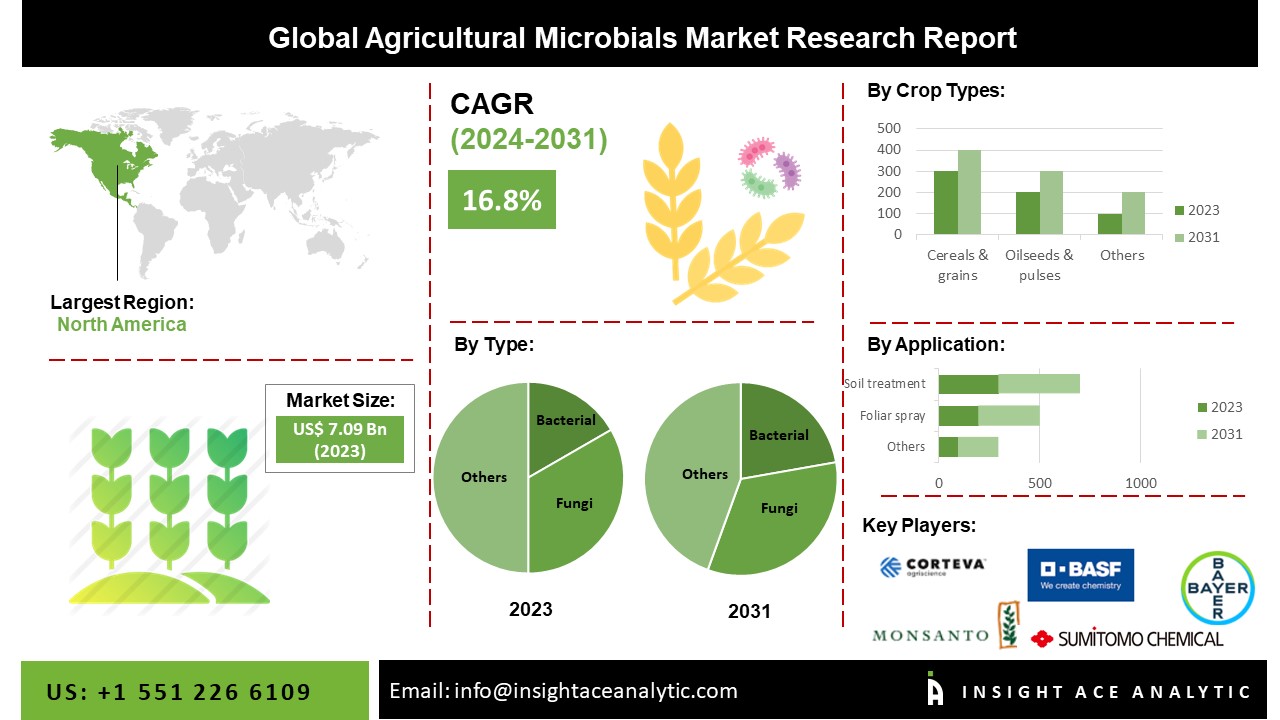
Microbials play a vital component of sustainable agriculture and offer a key role in maintaining the health of the plants by acting against pathogens as well as promoting growth. Agriculture microbials are essential to increase and maintain soil fertility and thereby promoting crop production. Soil microbials also produce antimicrobial agents and enzymes that are used for the physiological as well as the reproductive growth of the plants. These microbials augment the plant growth by producing various plant growth hormones, siderophores, and various hydrolytic enzymes. Agriculture microbials include naturally occurring microorganisms including Fungi, Viruses, Protozoa; this microbiota presents a key role in host health and development. At the present times, it has been well recognized that agriculture microbial inoculants are considered as a prime element of integrated nutrient management by this means leading to a sustainable environment. Agriculture microbials are gaining popularity over conventional chemical pesticides due to environmental hazards associated with synthetic fertilizers such as soil contamination, and loss of soil fertility loss. Furthermore, the necessity to improve the agricultural production supply owing to rising population and reducing cultivatable land area is shifting the preference towards naturally occurring microbials.
These microbials are widely used in the production of cereals & grains, oilseeds & pulses, fruits & vegetables, and other range of crops in the form of dry including dry granules, water-dispersible granules, and wettable powders and liquid comprising emulsifiable concentrates, suspension concentrates among others. These factors are expected to promote the market growth over the forecast period.The Global Agricultural Microbials market is categorized on the basis of types, crop types, functions, applications, and formulations and region.
Market Segmentation
On the basis of Types, the market is segmented into bacterial, fungi, viruses, protozoa. Based on crop types, the market is segmented into cereals & grains, oilseeds & pulses, fruits & vegetables, and other crop types. On the basis of functions, the market is segregated into soil amendments and crop protection. On the basis of applications, the market is segmented into foliar spray, soil treatment, seed treatment, and other modes of application. Based on formulations, the market is categorized into dry and liquid.
Based on region, the market is studied across North America, Asia-Pacific, Europe, LATAM and Middle East & Africa. Among all, North America is expected to dominate the market during the analysis of forecast period.
Competitive Landscape
Some Major Key Players In The Agricultural Microbials Market:
- BASF SE (Germany),
- Bayer CropScience (Germany),
- Sumitomo Chemicals Company Ltd.(Japan),
- Monsanto Company (US),
- Corteva (US),
- Syngenta AG (Switzerland),
- Certis USA LLC (US),
- Marrone Bio Innovations (US),
- Hansen Holdings (Denmark),
- Isagro S.p.A (Italy),
- UPL Corporation (India),
- Verdesian Life Sciences LLC (US),
- Valent Biosciences LLC (US),
- Lallemand Plant Care (Canada),
- Agrilife Biosolutions Ltd. (India),
- Bioworks, Inc. (US),
- Novozymes (US),
- Koppert Biological Systems B.V (US),
- Wilbur-Ellis Holdings Inc. (US),
- Pivot Bio (US).,
- 3Bar Biologics,
- AgBiome Innovations,
- Azotic Technologies,
- BioConsorita,
- Corteva Agriscience,
- other prominent players.
Agricultural Microbials Market Report Scope
|
Report Attribute |
Specifications |
|
Market size value in 2023 |
USD 7.09 Billion |
|
Revenue forecast in 2031 |
USD 23.73 Billion |
|
Growth rate CAGR |
CAGR of 16.8 % from 2024 to 2031 |
|
Quantitative units |
Representation of revenue in US$ Billion and CAGR from 2024 to 2031 |
|
Historic Year |
2019 to 2023 |
|
Forecast Year |
2024-2031 |
|
Report coverage |
The forecast of revenue, the position of the company, the competitive market structure, growth prospects, and trends |
|
Segments covered |
By Types, By Crop Types, By functions, By Applications, By Formulations |
|
Regional scope |
North America; Europe; Asia Pacific; Latin America; Middle East & Africa |
|
Country scope |
U.S.; Canada; U.K.; Germany; China; India; Japan; Brazil; Mexico ;The UK; France; Italy; Spain; China; Japan; India; South Korea; South East Asia; South Korea; South East Asia |
|
Competitive Landscape |
BASF SE (Germany), Bayer CropScience (Germany), Sumitomo Chemicals Company Ltd.(Japan), Monsanto Company (US), Corteva (US), Syngenta AG (Switzerland), Certis USA LLC (US), Marrone Bio Innovations (US), CHR. Hansen Holdings (Denmark), Isagro S.p.A (Italy), UPL Corporation (India), Verdesian Life Sciences LLC (US), Valent Biosciences LLC (US), Lallemand Plant Care (Canada), Agrilife Biosolutions Ltd. (India), Bioworks, Inc. (US), Novozymes (US), Koppert Biological Systems B.V (US), Wilbur-Ellis Holdings Inc. (US), Pivot Bio (US)., 3Bar Biologics, AgBiome Innovations, Azotic Technologies, BioConsorita, Corteva Agriscience, and other prominent players. |
|
Customization scope |
Free customization report with the procurement of the report, Modifications to the regional and segment scope. Particular Geographic competitive landscape. |
|
Pricing and available payment methods |
Explore pricing alternatives that are customized to your particular study requirements. |







